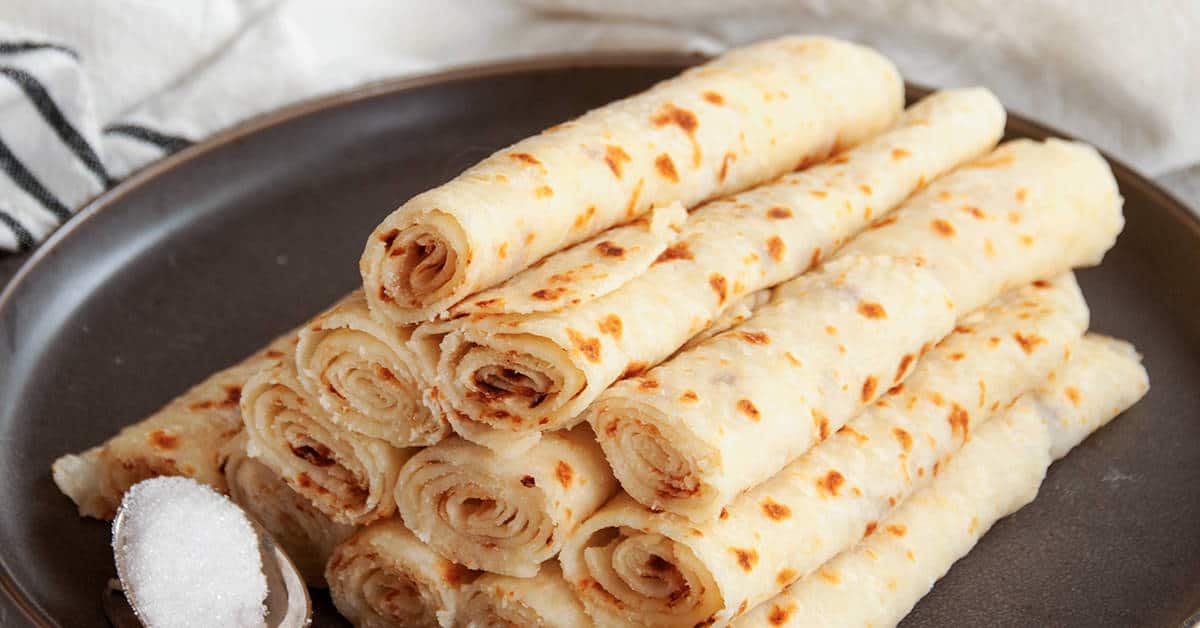The Culture of Food

“Food is an essential part of every culture. It’s more than just a means of sustenance, but a way of expressing oneself, connecting with others, and passing on rich cultural heritage. Food is deeply ingrained in our cultural identity and serves as a representation of our heritage, history, and values” (Evans, 2023).
Food is a bridge between the past and the present. When writing about lefse, I think of all the women in my family who have come before me and made lefse. I don’t have any of the griddles, rolling pins, or long sticks that have been passed down, but I have their recipes. These recipes are a tie between me and them. I carry them all with me as I prepare the dish for the holiday season every year.
Food is not one of my strong suits at all, in fact I am a walking disaster when it comes to being in the kitchen. I don’t know if I am just a bumbling fool when it comes to cooking or just generally unlucky. I tend to avoid cooking at all costs, but making lefse is one thing I will never avoid.
“Traditional food is an integral part of cultural identity. The food itself and the associated preparation techniques and social customs serve as a reminder of the past and provide connection to historic and cultural roots” (Evans, 2023).
I really enjoyed reading the article “Food as Culture: Cuisine, Food Customs, and Cultural Identity” by Savannah Evans. It highlights the different ways that food affects us and how we affect it. There are many examples of traditional food and cultural heritage through food. She talks about how immigrants have brought their own culture through their food - recipes are light and easy to pack - and deposited it into the mixing pot of culture that the United States of America was seeking to become.
